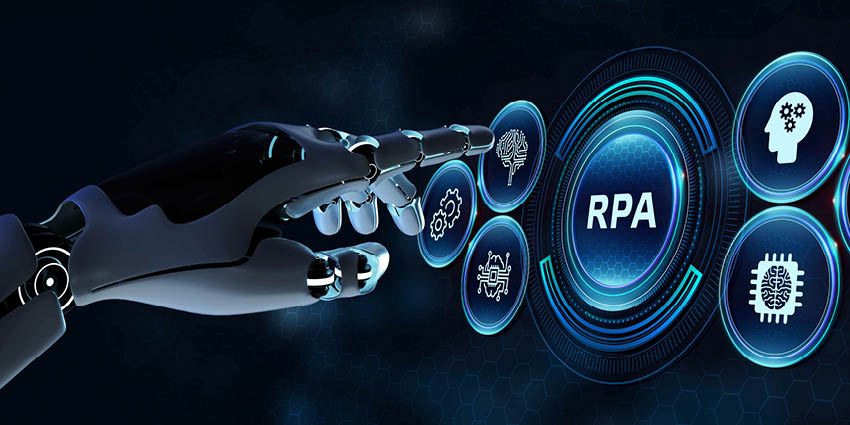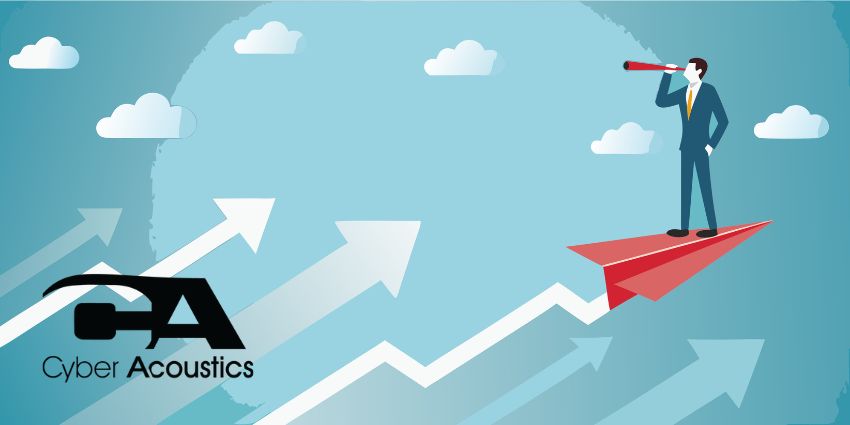Robotic process automation (RPA) allows bots to take over processes typically performed by humans. Embedded into several contact center solutions, the technology improves operational efficiency. Consider the following ten use cases as excellent examples of how it does so.
1. Data Entry/Uploading
A customer support agent frequently needs to upload new information into the system or open a new ticket to fix the client’s issue. They must go through a variety of programs to do this. Each step adds to the process’s sluggishness and makes it more prone to mistakes since agents must input data manually. Such a system may also have a detrimental effect on data quality.
Thankfully, RPA offers auto-fill and similar functionalities. These capabilities significantly decrease the need for human interaction while also eliminating the possibility of inaccuracy.
2. Order and Transaction Streamlining
Placing or changing an order is an ideal RPA use case for contact centers. Traditionally, it requires information to be searched for, gathered, confirmed, sorted, filtered, prepared, and entered into numerous systems to confirm the order during a contact center interaction. Sometimes, the agent must also alert stakeholders, obtain permissions, and inform the customer upon completing the transaction.
A robot can manage these processes more accurately and quickly than a human can, without failing to follow up. Additionally, the bot may alert agents to exceptions that need human action. Doing so mitigates the risks of removing the human in the loop without relying on agents to manage the end-to-end journey.
3. Self-Service
Many contact centers must still manually handle some of the most basic inquiries. Self-service RPA bots resolve this with automated assistance solutions, which means that clients get real-time responses from bots.
For example, chatbots may offer suggestions and advice on exploring a website or proposing valuable resources related to the items or services a consumer has purchased. They may also guide consumers through a set of actions to assist them in resolving FAQs or post-purchase activities, such as initiating the process of filing a warranty claim or returning a product.
4. Remote Agent Monitoring
Given that so many agents operate remotely today, a variety of factors might impact productivity and client interaction quality. A bot – powered by RPA – can monitor the quality of the internet connectivity and other critical WFH workplace factors. It may then keep track of interactions, indicating when the agent may require support.
These bots – often referred to as “coaches” – operate silently in the background, guaranteeing that contact center agents have the necessary tools to deliver high-quality customer service experiences.
5. Integrated Workflows
RPA enables businesses to integrate apps without changing the underlying contact center ecosystem. Task management systems – embedded with RPA – may help operations streamline several procedures by automating repetitive functions that agents often complete over the course of the day.
With such a system, agents do not need to navigate between separate programs to get data. Instead, RPA automates desktop processes, enabling agents to complete previously monotonous tasks with just a few clicks. As such, contact centers can streamline the contact handling process.
6. Real-Time Quality Management
Each consumer is unique, and each agent will approach conversations differently. Attended RPA bots may monitor interactions for errors made by the agent and react to event-based triggers.
After monitoring agent behaviors in real-time, the bot notifies the supervisor – on-site or remote – if and when they stray from standard practices. When a component of real-time speech analytics is included, the intervention is rendered even more frictionless. Such a style of easy coaching can prove a critical agent support tool while also empowering the contact center to monitor real-time process compliance.
7. Customer Behavior Prediction
RPA and data analytics can work in tandem to scan, evaluate, and correlate customer queries. In doing so, the technology can anticipate, what consumers will desire, want, or do next.
Further, machine learning (ML) technology can apply these predictions to conversational interfaces and improve automated conversations. Doing so leads to a more complete knowledge of customers and a tailored approach to meeting their demands.
8. Transcription Summaries
Following each customer conversation, it is customary to produce a brief contact summary and store it within the company CRM system. The process often accounts for a significant chunk of average handling time (AHT).
RPA – coupled with speech analytics technology – may automate the writing of the call summary script, allowing agents to focus on the client throughout the conversation.
Additionally, since agents are not responsible for completing and emailing the script post-call, they may go on to the next one more quickly, enhancing efficiency.
9. Abandonment Prevention
Many contact centers aim to lower call abandonment rates while not incurring considerable additional expenditures via higher staffing costs. Therefore, call deflection and call-backs are often popular.
A bot enables incoming callers to initiate a call-back request to avoid waiting in the queue. Meanwhile, deflection is a viable choice if clients want a fast resolution to their problem and a delay is not acceptable. The bot may then redirect the call to a different channel, allowing agents to handle numerous inquiries concurrently.
10. Chatbot
Chatbots serve as the first line of assistance and are accessible 24 hours a day. A significant advantage of adopting RPA-based chatbots is their continuous, all-around availability – ready to be utilized to manage customer support 24 hours a day, seven days a week.
Unlike humans, chatbots do not use time as a parameter. Whether a business uses a chatbot for nine or 24 hours a day, the expense is the same. Consequently, using chatbots to answer after-hours inquiries frequently proves feasible and cost-effective.
Learn more about the fundamentals of contact center RPA in our article: Work Smarter, Not Harder With Workflow Automation







